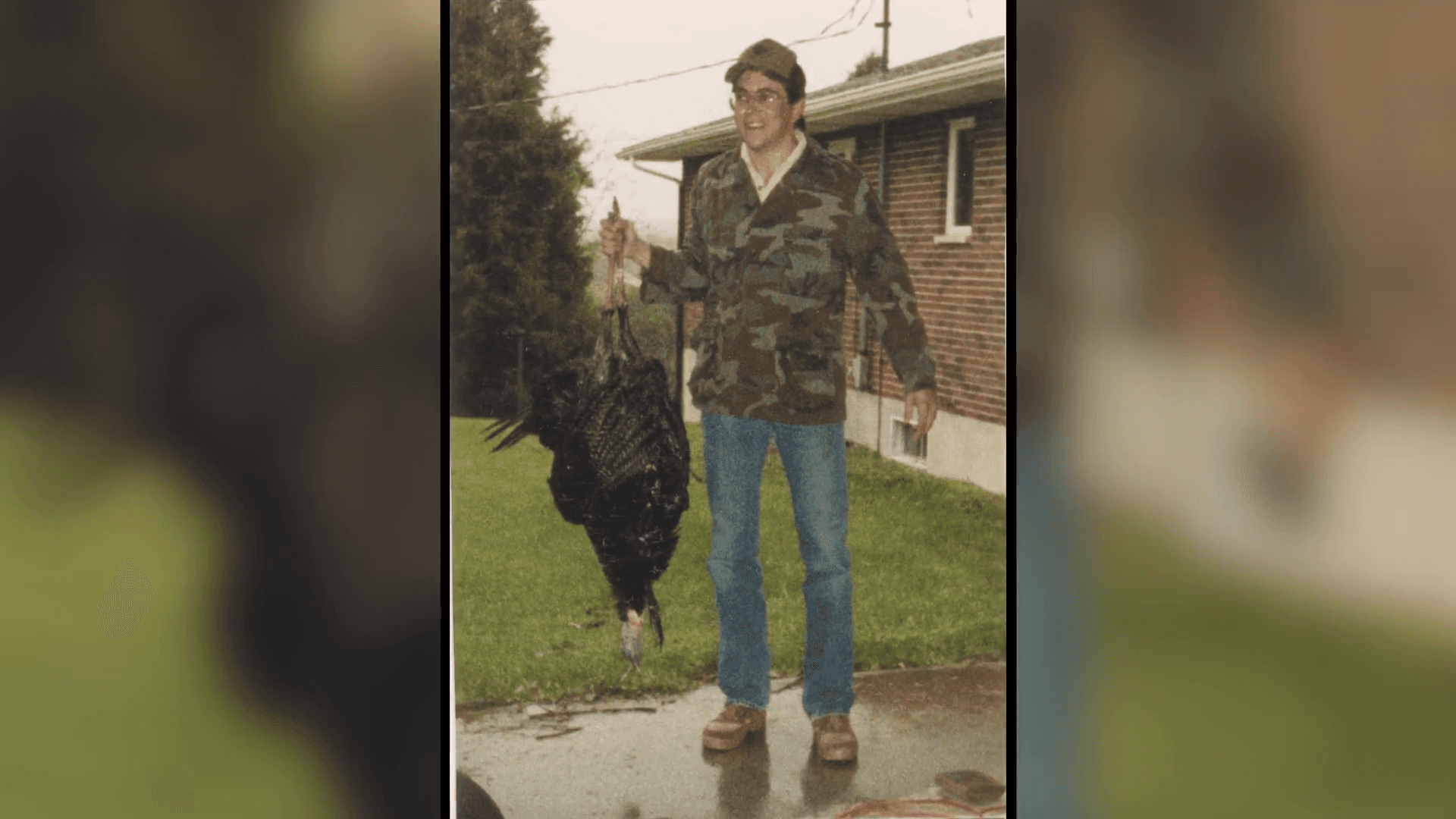
Fishing in Sweden Fishing in Sweden in its 100,000 lakes, wild waterways and along the coast is a trip of a lifetime. Come hook a salmon, trout or Arctic char. Sweden’s biggest lake is Lake Vänern (south west) at around 5,600 square kilometres surface area. It’s so big it has its own weather system, and an archipelago of some 20,000 islands. If you’re thinking that this creates fantastic angling possibilities you’d be right; you can go trolling for landlocked salmon and trout, pike and zander. Southern Sweden features mostly lowland lakes holding pike, zander and perch and coarse species. As you travel northwards, the landscape changes; more rugged, hilly and forest carpeted with thousands of lakes holding pike, perch and carp in the far south, as well as brown trout, grayling and zander. As you approach the tree line in northern Sweden, where the giant spruce forests end, Arctic tundra, meadows, glaciers and towering mountain peaks take over. Up here the lakes are full of brown tr
Post: 20 May 21:43














































